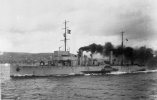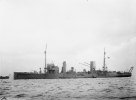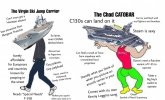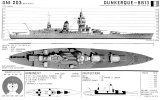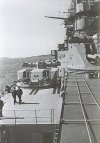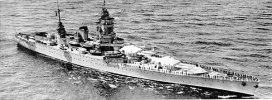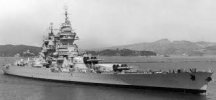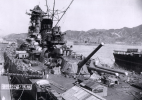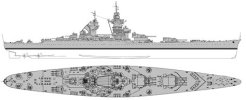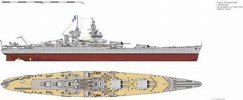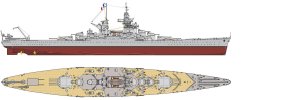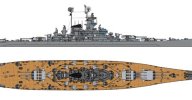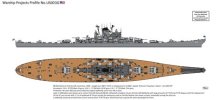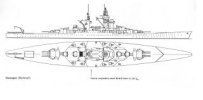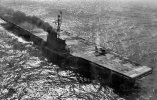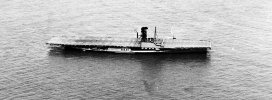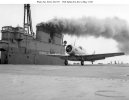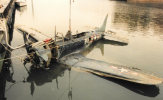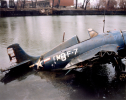TCG Anadolu is amphibious assault ship / drone carrier of the Turkish Navy and was commissioned on 10 April 2023. Based on Spain’s Juan Carlos class with a ski jump, there are plans for a second ship.
The ship displaces 27,000 tons, has a length of 761 feet with a beam of 105 ft. Capable of 21 knots, the Andalolu can carry a combination of airplanes, helicopters and drones.
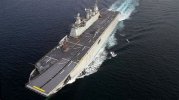
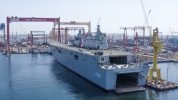
TCG Anadolu (L-400) of the Turkish Navy at the Sedef Shipyard in Istanbul.
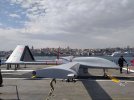
The Baykar Bayraktar TB3 on the flight deck of TCG Anadoluanchored at the Seraglio Point on the Golden Horn in Istanbul.
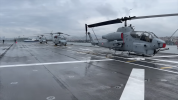
Bell AH-1W Super Cobra and Sikorsky S-70B-28 Seahawkhelicopters on the deck of TCG Anadolu.
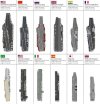
The ship displaces 27,000 tons, has a length of 761 feet with a beam of 105 ft. Capable of 21 knots, the Andalolu can carry a combination of airplanes, helicopters and drones.


TCG Anadolu (L-400) of the Turkish Navy at the Sedef Shipyard in Istanbul.

The Baykar Bayraktar TB3 on the flight deck of TCG Anadoluanchored at the Seraglio Point on the Golden Horn in Istanbul.

Bell AH-1W Super Cobra and Sikorsky S-70B-28 Seahawkhelicopters on the deck of TCG Anadolu.


